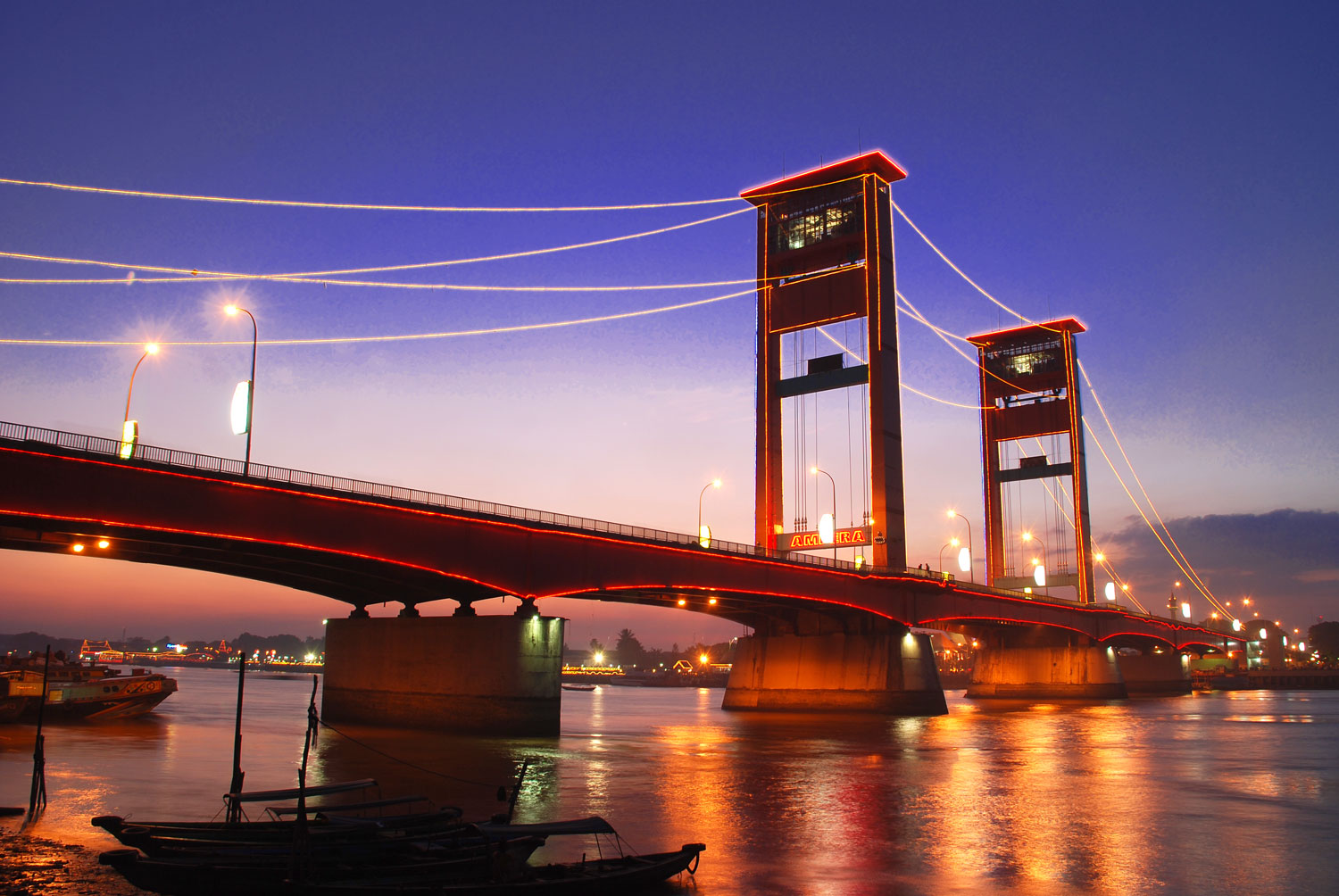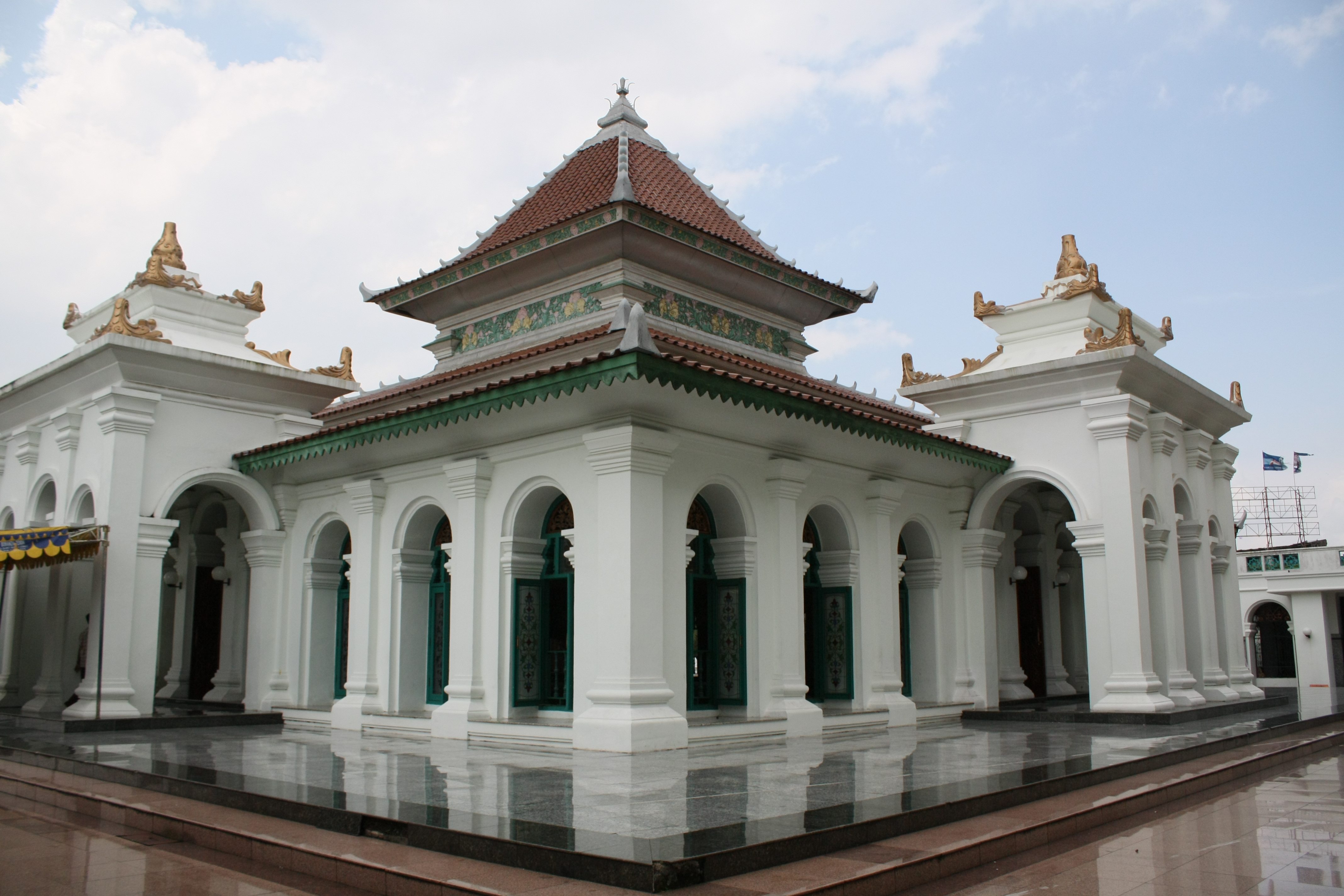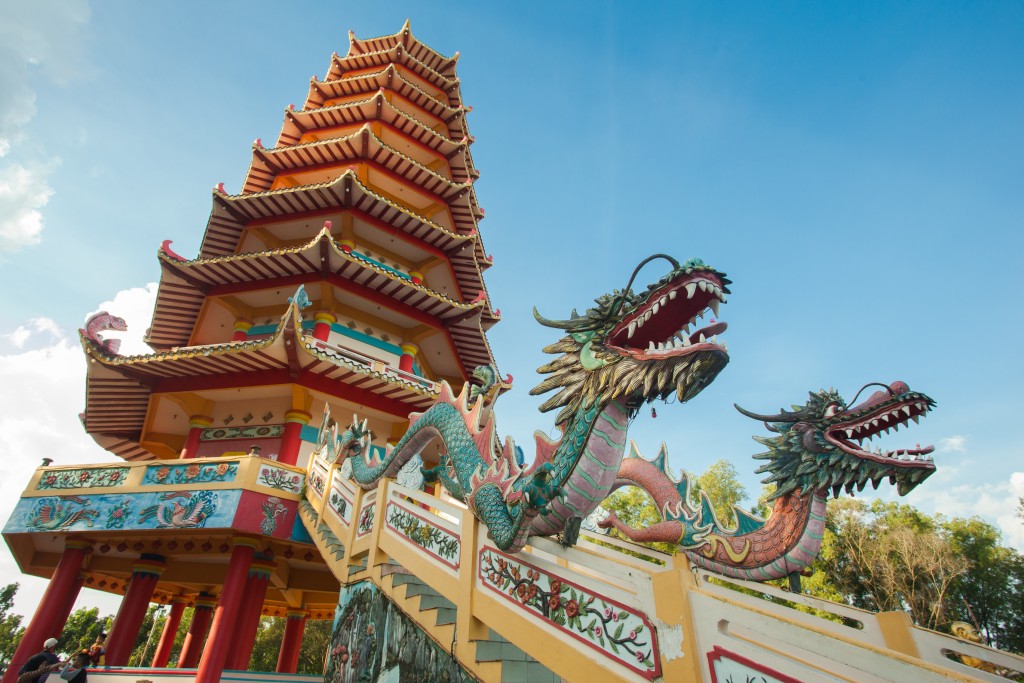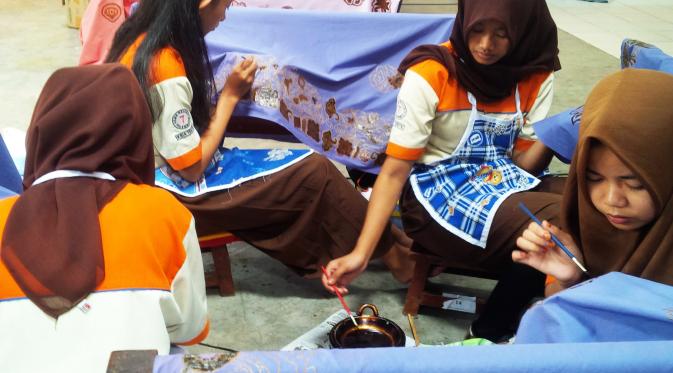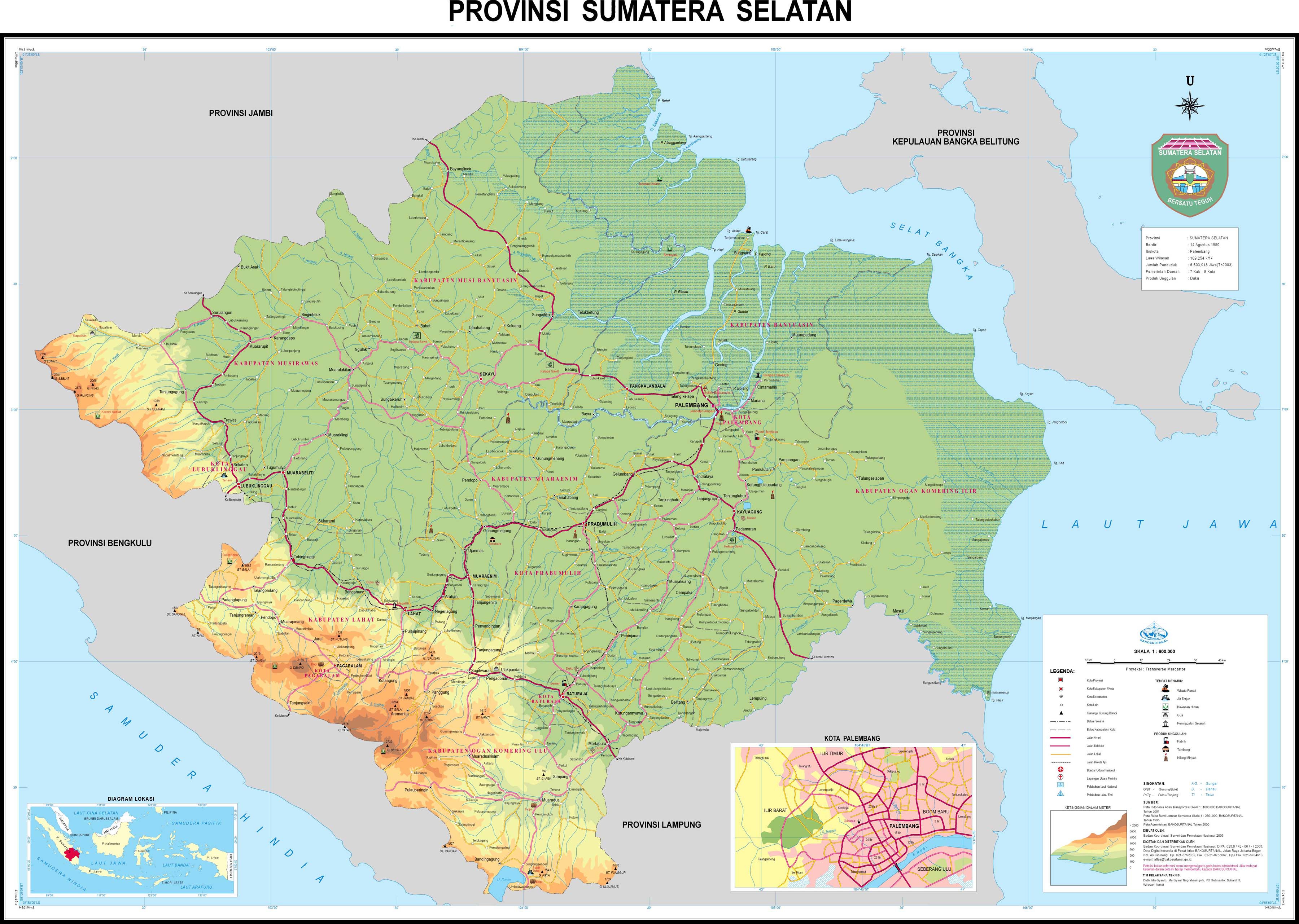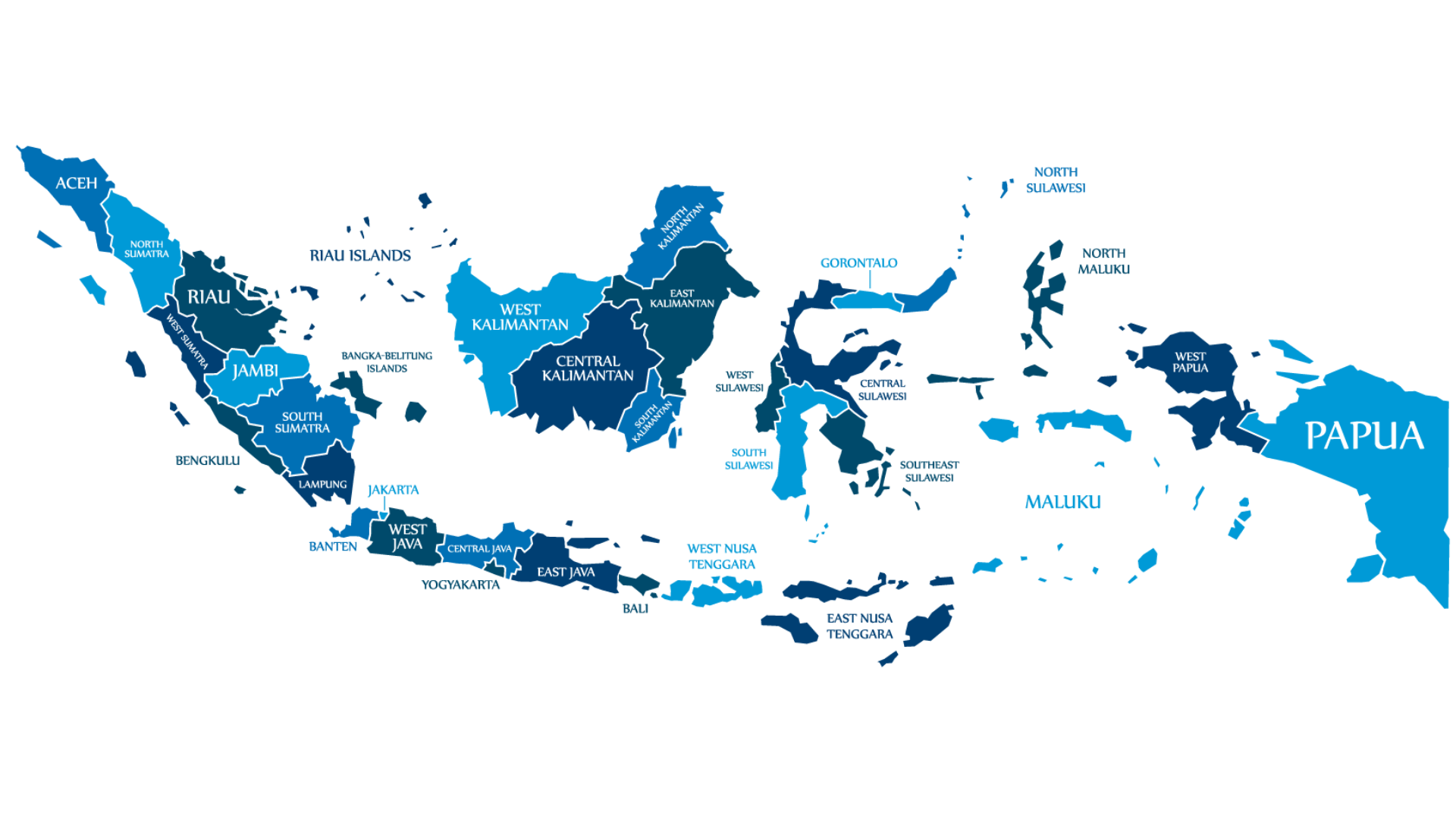Home / Batik Regions – Western Indonesia – Southern Sumatra – South Sumatra
Facts of the region
Discover Batik in South Sumatra
Tuan Kentang, the Batik Workshop and Gallery in South Sumatra (photo: Suzannita)
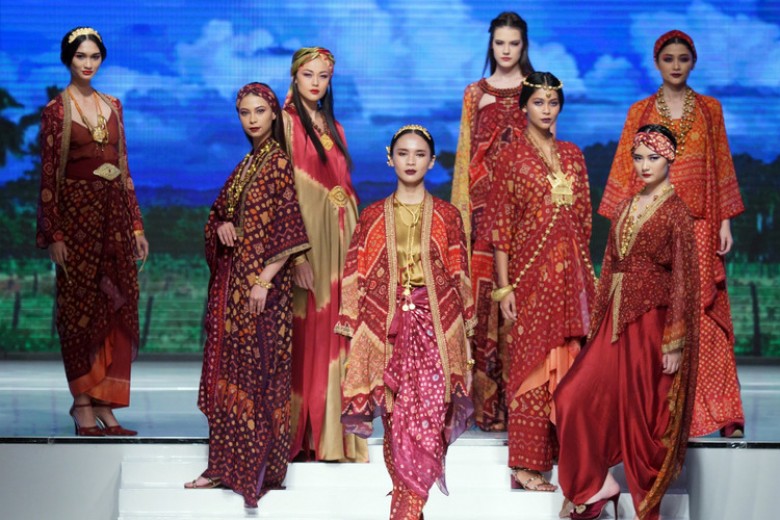
The South Sumatra Batik in Bohemian style, designed by Ghea Panggabean (photo: PinkKorset)
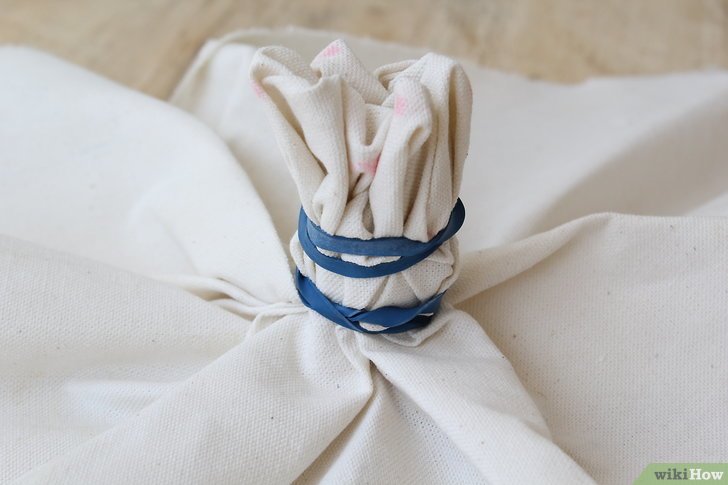
The process of Batik making using tie-dye technique (Photo: Wikihow)
The Soul of Bohemian Style
The tie-dye technique is a technique of textile production applied by using a rope to block certain parts of the fabric from absorbing other colors before a motif is formed. There are two kinds of tie-dye batik textiles, namely Gambo and Jumputan. Gambo fabric is a fabric whose coloring process is derived from the extract of a natural gambier tree (Uncaria gambir), while Jumputan Fabric uses a combination of natural and synthetic dyes to produce bright colors. The coloring process of Gambo and Jumputan fabrics is done manually with special coloring techniques.
Socio-cultural Values of Batik in South Sumatra
According to a South Sumatera historian, RM Ali Hanafiah, the Batik tradition was originally brought by the Javanese people who settled in Palembang. Local producers maintain the production of Batik textiles, along with the Songket Woven Fabric, which is the typical fabric that developed in Palembang. Currently, there are two kinds of batik production techniques developed in this region. i.e. the wax-resist dyeing technique and the tie-dye technique (Photo: Genpi).
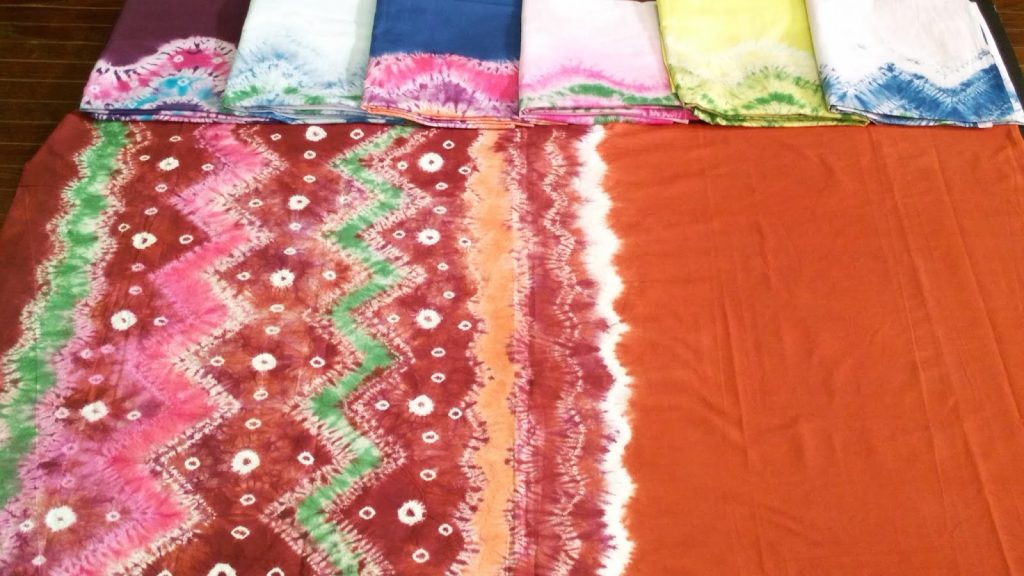
Batik Motifs in South Sumatra
Batik Villages in South Sumatra
local batik workshop
Batik villages are the region where the Batik producers mostly reside. You could buy the Batik textiles from the artisans and participate in the making process of Batik on the site.
South SumatrA
Visual Journey
in 1 Minute
batik production in south sumatra
The Magnificent Trace of Sriwijaya Empire
South SumatrA
The Kemaro Buddhist Shrine (photo: Srivijaya)
About South Sumatra
South Sumatera has a rich cultural diversity as it received cultural influences throughout centuries from merchants coming from many other regions in Asia (Indian, Arabian, Chinese, Malay, etc). The rich culture of South Sumatera includes traditional houses, traditional textile heritage such as Batik and Songket (the woven textile), various types of traditional dances, as well as local gastronomy.
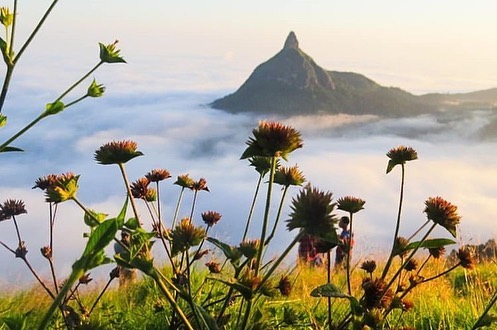
Facts about South Sumatra
South Sumatra is located in the southern part of Sumatra island. The capital of the province is Palembang. The province borders Jambi to the north, Bengkulu to the west and Lampung to the south. The Bangka Strait in the east separates South Sumatra and the island of Bangka, which is part of the Bangka Belitung Islands province. It spans a total area of 91,592.43 km2. It has a total population of 8,043,093 people (2015) and 96% of the population are Muslims.
One of the most iconic natural landscape in this province is Serelo Hill, which is located in Lahat Regency, South Sumatra (photo: Zakyymd)
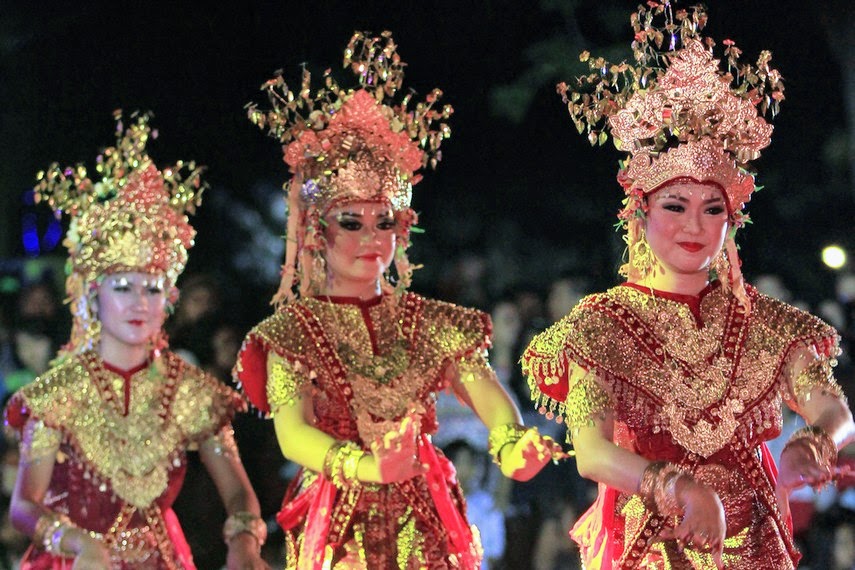
Highlights on Culture and History
For many centuries, South Sumatra Province was also known as Bumi Sriwijaya. In the 7th century until the 12th century AD, this region was the center of the Hindu Srivijaya kingdom, which was known as the largest and most powerful maritime empire in the Southeast Asian archipelago. From the 13th century to the 14th century, this region came under the rule of Majapahit Kingdom. At the beginning of the 15th century, the Sultanate of Palembang stood in power until the advent of Western Colonialism, then followed by Japan in the 19th Century.
Visitors can explore and learn about the history of this region through the traces of its cultural heritage dated back from Islamic, Hindu Srivijaya kingdoms, and Buddhist era. This acculturation is also profoundly reflected in the traditional dance of South Sumatra, called Gending Srivijaya (Photo: Pesona Indonesia).
Tourist Attractions in South Sumatra
